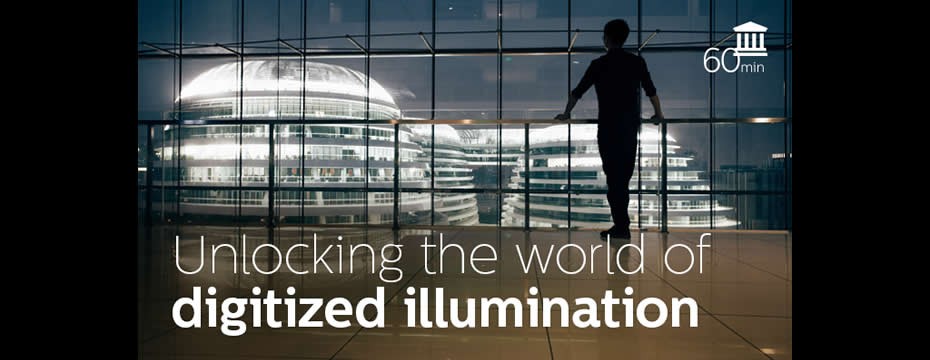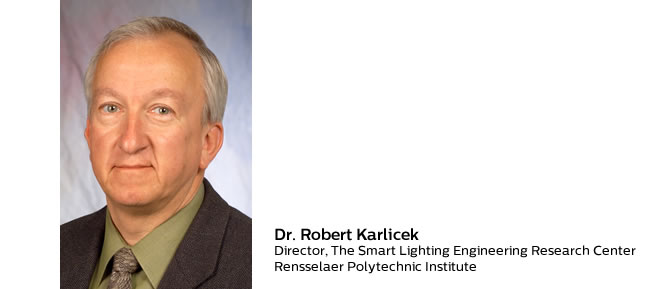 |
A webinar that is titled as "Digitized illuminaiton" will focus on the development and management of smart lighting. (All Photo Courtesy of Philips)
|
Before the advent of LED, electric lighting was just that: an electrical signal that traveled through a wire to a lamp, where some of its energy was converted into light. But the fundamental electronic capabilities of LEDs are enabling new modes of lighting, simultaneously using that electric signal to encode the light for sending and gathering information.
“Smart lighting” introduces new sensing capabilities that use the illumination itself for lighting control. There are many applications like privacy-preserving occupancy sensing, new wireless communication protocols, autonomous lighting management systems, and integration with other smart systems (including healthcare and building controls).
In Digitized illumination for smart systems and services you will see how lighting systems can detect and respond to changes in their environment. This includes identifying the type of activity being performed in a space and delivering the appropriate illumination. Smart systems will deliver optimized lighting (and even wireless data) to any situation, with minimal human intervention.
Join this webinar hosted by Robert Karlicek, and discover what fully integrating LED-based illumination services can do in the expanding age of digital interconnectivity.













